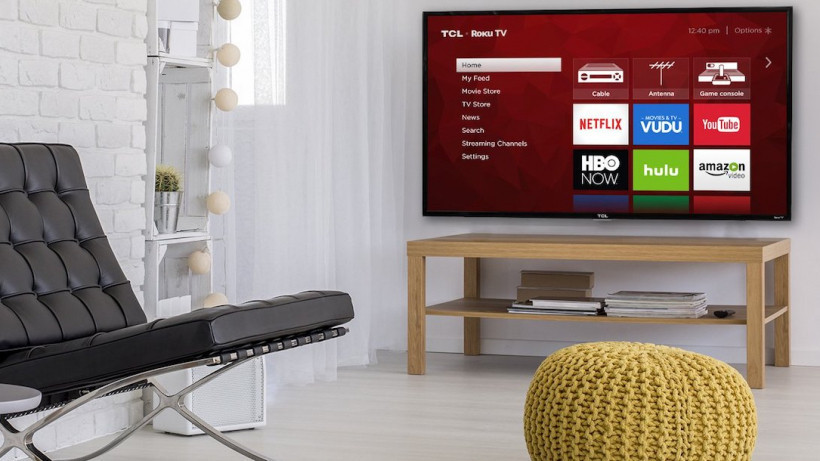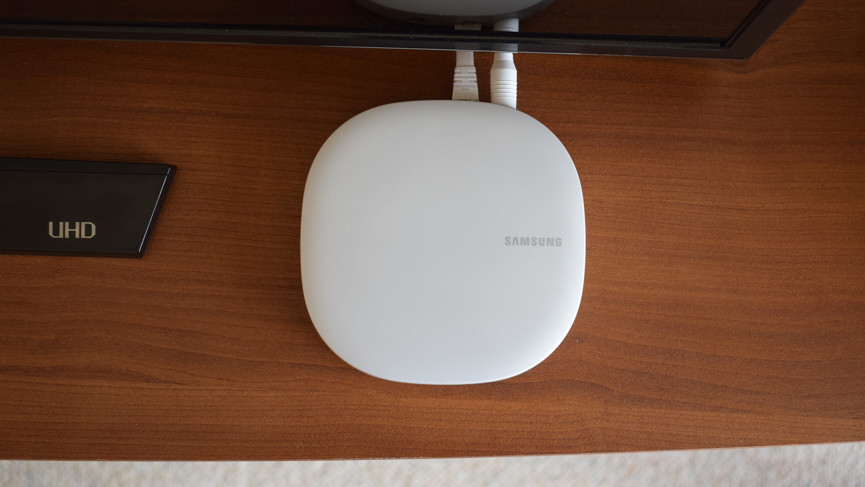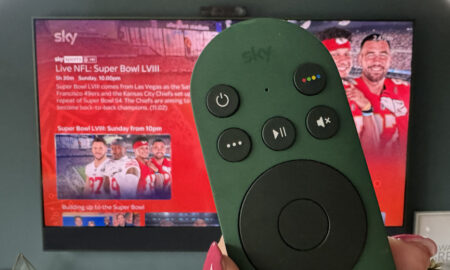Lessons from the front line
This week, the smart home industry descended on San Francisco. A consortium of product companies, industry standard-bearers and opinion-havers came together in a boundless sea of navy suits to share very strong feelings about Zigbee.
Now, I’d never attended a smart home conference before, but I knew an IoT conference held just a stone’s throw from San Francisco airport was not going to be a hotbed of carousing and debauchery. It did, however, turn out to be a great way to get a read on the smart home market currently – what’s good, what’s bad, what’s pissing people off.
I went to learn; here’s what I walked away with.
You’re all going to buy a ton of smart home stuff
Like, loads. According to new research estimates from Parks Associates shared at the conference, people in the US are going to buy more than 485 million connected devices in 2021, which will be made up of smart home, entertainment, connected health and mobile products. By 2022 that’ll exceed 520 million, reckons Parks.
Smart cameras and voice assistants seem to be the two primary drivers of smart home growth. In fact, if you dig into the data a little more, people with home security devices tend to own more smart home devices overall. Which we suppose makes sense.
But the way you buy them might change
There’s an increasingly obvious problem to this, which is that the à la carte model – how smart devices are generally bought today – is expensive. Not only does the price rack up quickly as you add all manner of smart devices, lack of interoperability between things becomes a big sticking point.
“I think there is a model that says, how do I get a package together that’s attractive to the customer?”, said Thomas Nakatani, VP of monitoring technology and product at ADT. “You can’t always ask people to buy the next device, you can’t always ask them to buy the next service.”
Read this: Best smart speakers
“You’re talking about either a bunch of money up front or a longer-term commitment,” said Vivint CTO Jeremy Warren. “I think it’ll be a challenge for all of us to figure out how we’re both going to provide great products to customers but do it in a way that doesn’t have too much of an impact on their wallet or commitments.”
One solution to Nakatani’s was offered by Google smart home product lead Mark Spates, who talked about building devices that improve significantly over time – the Google Home and Echo getting voice calling features, for example, which didn’t require any new hardware to work.
Could subscriptions be another good route? Some people also seemed to think so.

Parrots are a pain, aren’t they?
Here’s a thing. Audio Analytic is a company focused on sound recognition. It builds software that recognizes things like a window smashing (to detect a break-in and sound an alarm) or a baby crying, and then licenses that software to companies to build into their products. You’ll find it living in the Hive Hub 360, and even the Bragi Dash hearable.
But having your technology in around 50 countries means you’re going to come up against some interesting problems. “There’s a parrot in the south of France that sounds exactly like a top-selling First Alert smoke alarm,” Audio Analytic co-founder Chris Mitchell told us. “We had to go and solve that problem.”
DIY ≠ Do It For Me
More data: Parks research found that most technical problems among users arise in the setting-up stage. Research carried out in Q1 of this year found this was the leading problem, and there was a lot of discussion around solving this pain point at the show.
There seemed to be a lot of agreement that the smart home is a ‘Do it for me’ type of deal. Take Nest, which has a squadron of ‘Pros’ ready to be deployed to customers – expect more of that as companies understand the technical problems of the smart home. That said, this requires more people – and even Amazon and Google can’t build more of those.
So this thing called middleware…
The word middleware came up a lot, and as you might have guessed, it refers to the “glue” holding everything together. Yonomi’s CEO Kent Dickson said that the smart home will always need middlewear – the bit that handles the automations – to make things as easy for users as possible.
Insurance is actually an interesting talking point
The role insurers play is going to change a lot as our homes get smarter: they’ll be able to determine risks and rates via connected devices. Cecilia Sevillano, head of smart home solutions at Swiss Re, thinks that insurance companies may even start looking to cover health and wellbeing of people in the home. That raises obvious questions around data-share between giants like Google and the insurance companies, but it’s interesting – and not too outlandish.

Even the people who work in the industry think it’s too complicated right now
The smart home can sometimes – Ok, often – feel like a bit of a fuddled mess, thanks to standards and devices not talking to one another. There’s a feeling that the lack of interoperability due to lack of one agreed standard is still the big problem, and interoperability won’t improve while the big players are pushing their own platforms with a zero-sum-game attitude.
Read next: When celebrities do smart homes
During one Connections conference panel, a live text-in was held, with the answers displayed on a screen. The question: What one word best describes the user experience provided by today’s smart home platforms? The answers: “Inconsistent”, “confusing”, “fragmented”, “immature”.
Amen to that.
A major Wi-Fi provider thinks Wi-Fi is going to be important
Finally, Patti Loyack, Comcast’s VP of IP services, turned up to offer her completely non-biased opinion that Wi-Fi is kind of a big deal. “It all starts with wireless,” she proclaimed. Who knew!





